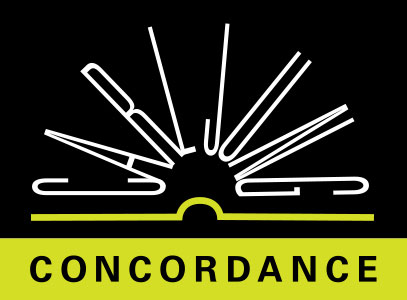Let us first take up the subject of the paradoxical Yahwistic God-image:
Jung quoted the Pseudo-Clementine Homilies, which described a God-image incorporating good and evil as the “right and left hands of God”
AL ¶ 0He noted that this text was linked to Jewish Christians. He then turns to the Yahwistic God-image which was being elaborated in Judaism at about that same time
AL ¶ 0A few of Jung's examples, an accumulation from various Jewish sources belonging to the first two or three centuries A.D., illustrate the idea of the paradoxical Yahwistic God-image
AL ¶ 0EGYPTIAN FIRST-BORN
This refers to the avenging angel that executed the Egyptian first-born. The destroyer does not distinguish between the righteous and the wicked, indeed he even begins with the righteous, so you had better stay out of sight on that particular night
AL ¶ 0YAHWEH'S WRATH
Another text says that you should hide yourselves at the moment of Yahweh's wrath, because we are warned by Him that at the moment of His unbridled irascibility, if a curse is uttered it will indeed be effective. In other words, you had better be very careful what you say, and what is said to you, at the particular moment when God's wrath is kindled. Another text says, “God's left hand dashes to pieces; his right hand is glorious to save” ( CW9.2: par. 107 )
AL ¶ 0These quotations illustrate forcefully just what is meant by the paradoxical Yahwistic God-image, and these images have direct psychological application
AL ¶ 0CURSE UTTERED AT
MOMENT OF DIVINE WRATH
For instance, the remark that “a curse uttered at the moment of divine wrath will be effective” would refer to the psychological fact that if there has been a serious offense committed such that the Yahweh level of the psyche is activated, what takes place at that moment has extraordinary power and consequences
AL ¶ 0WRATH OF SELF AS
FORCE OF NATURE
The statement that the destroyer does not distinguish between the righteous and the wicked corresponds to the psychological fact that the wrath of the Self is an unconscious phenomenon; it is a force of nature
AL ¶ 0A tornado does not distinguish between the righteous and the wicked; it might even hit the righteous first. The same applies to the activated Self
AL ¶ 0Pursuing the idea of the existence of opposites within the God-image or the Self, we come next to Jung's theme of the Self as a quaternion of opposites.Jung's diagrams of two different crossed pairs of opposites which are specifically related to the image of Christ are shown below:
AL ¶ 0The first quaternio relates to the Christ-image as a union of God and man, having both human and divine, and both eternal and historical aspects. It describes the Christ of Christian dogma:
AL ¶ 0Unitemporal
Universal
Eternal
According to the doctrine, Christ was a pre-existent entity; he existed prior to creation on the one hand, and on the other hand he was born into space and time, into an historical setting, and was therefore a specific historical being
AL ¶ 0Jung pictures that state of affairsa figure who has an historical, individual existence and yet is also eternal; and who is unique while being universal. His universality is represented symbolically as his being an inner figure that is contained in all humanity“he is the vine, you are the branches”
AL ¶ 0Jung then spells out a second quaternity. This quaternity would apply if one considers that Christ and Satan go to make up a whole. In that case, good and evil constitute one polarity. Spiritual and material constitute the other polarity, because Christ is a spirit but also becomes embodied by incarnation, and so he unites that pair of opposites as shown below:
AL ¶ 0Good
Material or Chthonic
Evil
Although these diagrams may seem to be only interesting abstractions, they are more than that because they correspond to occasional dream images. One should be alert for dream images that combine opposites in such a fashion; they indicate a Self-image
AL ¶ 0